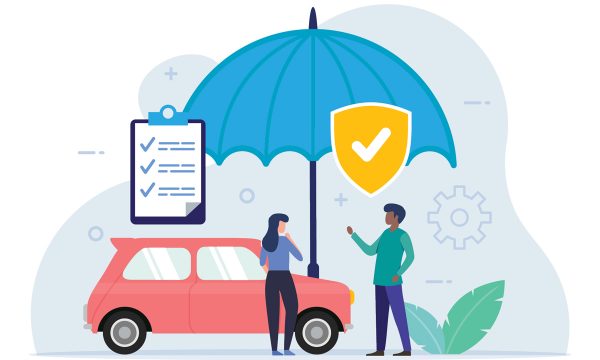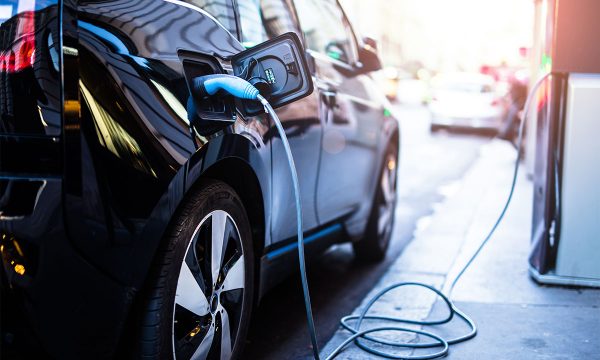 Many young people prefer mobile phones to mobile transportation
Many young people prefer mobile phones to mobile transportation
While in Ottawa at the end of May as part of an event showcasing vehicle propulsion and safety vehicle technologies of the present and near future, it was impressed upon me the number of people that I spoke with over the two day event that did not own a vehicle.
On the one hand, I was very pleased that these individuals were interested in learning more about hybrid, plug-in hybrid, battery electric, diesel and advanced internal combustion engine technologies. Members of the Association of International Automobile Manufacturers of Canada were showcasing these types of vehicles. On the other hand, I found it very interesting that so many people, including some working in government departments responsible for the automotive industry, did not own a car.
Not all of the non-vehicle owners who I spoke with at the event were young people, some who did not own a vehicle were simply urban dwellers for whom public transit, biking, walking or some other means of transportation made more sense for their lifestyle.
Changing Tide?
The experience did get me thinking about vehicle ownership trends and whether or not getting a driver’s license and owning a car remain important aspirational goals today, as they did a generation ago, when a driver’s license and a car seemed to represent both freedom and status.
Perhaps it is not appropriate to use my daughter as a proxy for making sweeping generalizations, but she just turned twenty-three years old and has not yet managed to get around to moving beyond obtaining her G1 driver’s license.
In fairness, she is a year out of school and just moved out on her own into an apartment, which is a short walk and a very easy bike ride to her work. She uses public transit most of the time when she needs to go anywhere and getting together with friends, co-workers and family is often done through Facebook or texting as opposed to actually physically visiting. Is my daughter an anomaly? Apparently not.
Recent studies by the University of Michigan Transportation Research Institute (UMTRI) and Public Interest Research Group (PIRG), Deloitte and others in the U.S. seem to support the contention that fewer younger people are driving and those that are driving appear to be driving less. For instance the UMTRI study found that in the U.S. from 1983-2008 there was a significant decrease in the percentage of young people in the U.S. who had a driver’s license.
They looked at Canada as well and found decreases in licensed drivers not only amongst Gen Yers (those 16-34 years old), but also across all age groups from 1999- 2009, except for those over 65. Again in the U.S., the Federal Highway Administration found that from 2000- 2010 the share Gen Yers without licenses increased from 21% to 26%.
Not driving as far
The research also seems to suggest that those younger people that are driving are driving less. The PIRG study entitled “Transportation and the New Generation – Why Young People are Driving Less and What It Means for Transportation Policy” that was just released in April, notes that from 2001 to 2009 in the United States, the average number of miles traveled by young people dropped 23% from 10,300 miles to 7,900 miles per capita.
If this is indeed the case, that fewer younger people are getting their driver’s license and those that do are driving less, the next question becomes why is this happening?
The various studies suggest that it is a combination of a lot of things but one common thread throughout the studies seems to be levels of Internet usage and, perhaps by extension, social media.
The data is pointing to the fact that the more connected young people are virtually through the Internet, their smartphones etc. the less they actually need to physically see your friends.
In a 2010 survey conducted by Zipcar, 54% of those aged 18-34 agreed or strongly agreed with the statement that they sometimes use social media to spend time with friends as opposed to driving to see them.
Perhaps the most interesting statistic in this regard comes out of a recent Maclean’s article on the same subject of fewer younger people learning to drive, noted that a technology consulting firm, Gartner Inc., found that 46% of all 18 to 24 year-old drivers in the United States would rather have Internet access than a vehicle!
Having been a teenager and a twenty-something when houses did not have computers, let alone access to the Internet I do find this statistic to be a bit shocking. It would seem that younger people would rather have a smartphone than a smart (or any other make or model) automobile.
The PIRG study also observed that in addition to the Internet allowing young people to connect, it also helps them connect to alternative transportation services in a way that would have been science-fiction to many of us only a few years ago.
With a smartphone you can get real-time public transit information and information about car and bike rental/sharing services that make these other transportation options a lot more user friendly then they were in the past. Additionally it has only been in the past few years that car sharing and bike sharing services have come into their own as potentially viable alternatives to some to the personal car.
Aside from new technology, it is also evident that a new licensing regime in Canada and the United States has played a role in increasing the number of young people who do not have a license. The day I turned sixteen my mother took me to the nearest Ministry of Transportation office where I obtained my “365” learner’s permit. Those days are gone with new licensees required to go through a graduated licensing regime which makes it both increasingly difficult and expensive to obtain a full driver’s license.
Increased costs for fuel, insurance, maintenance combined with the acquisition cost of the vehicle itself, were also cited by the studies as contributors to younger people deciding not to bother getting a driver’s license.
The average cost of filling up the gas tank for a year more than doubled in the U.S. from 2001 to 2009, and I think it is safe to assume the delta between 2001 and 2009 in fuel prices would be even higher here in Canada. The studies suggest that the U.S. Energy Information Administration projects that gasoline prices will rise an additional 26% from 2010 to 2020.
It is evident that in looking at some of the new connectivity and communications technologies being built into today’s vehicles, that automakers are acutely aware of the desire for connectivity that young people have while in their vehicle. The challenge exists in integrating such technologies into the vehicle in a way that also allows the driver to stay focused on the task at hand of driving the vehicle.
A survey undertaken in the U.S. by Deloitte at the beginning of the year suggests that Gen Y will potentially play an increasingly important role for the automotive industry with their ranks swelling to 80 million in the U.S. representing 27 per cent of the total population and 40 per cent of them will purchase a new vehicle in the next ten years.
For vehicle manufacturers then, the writing appears to be on the wall that if they want to have any hope of attracting Gen Y into the vehicle marketplace that they need to respond to the customers’ desire to build connectivity into the vehicle. Much of this is a brave new world but that world is being transformed around us as we speak.











